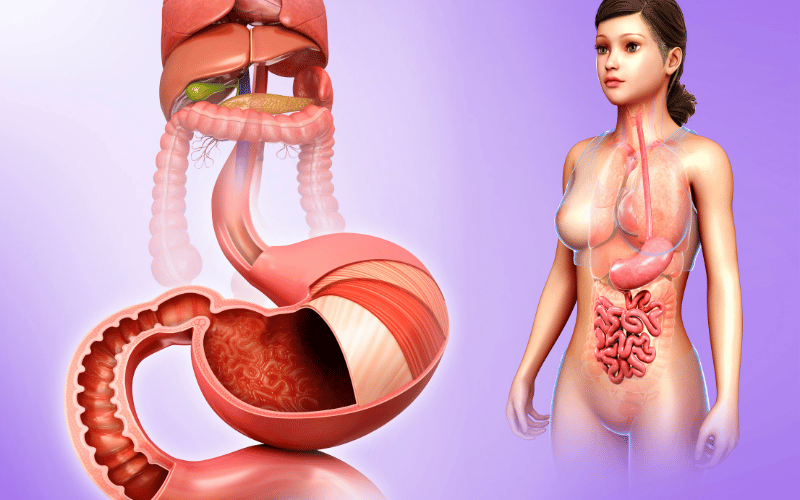Introduction: The Silent Disruptor in Digestive Health – SMA Syndrome
SMA Syndrome, or Superior Mesenteric Artery Syndrome, remains a lesser-known medical term for many. Yet, for those who grapple with this condition, its symptoms can significantly disrupt daily life. At its core, SMA Syndrome is a gastrointestinal disorder, where the duodenum (the initial segment of the small intestine) gets trapped between the aorta and the superior mesenteric artery. This seemingly minor anatomical anomaly can trigger a cascade of symptoms ranging from mild discomfort to severe complications.

Given the rarity of the condition, many people remain unaware of its existence until they or someone close to them is diagnosed. But what compounds the problem is the overlapping nature of its symptoms with other more common digestive disorders. This overlap often leads to misdiagnoses or delayed treatment, making an early understanding of SMA Syndrome critical.
To better navigate the complexities of this condition and support early detection, let’s delve deep into the ten significant symptoms of SMA Syndrome. Recognizing these signs can make a world of difference, setting one on a path of timely intervention and recovery.
Symptom 1: Abdominal Pain After Eating

Imagine finishing a hearty meal, only to be met with a sharp, piercing pain in your abdomen. This isn’t the typical fullness you might feel after overindulging. It’s more intense, like a cramp, and it stays. For those with SMA Syndrome, this is a frequent and unpleasant reality. The duodenal obstruction caused by arterial compression leads to this pain. This is often the first and most noticeable symptom, serving as a red flag for many that something is amiss.
Now, it’s essential to differentiate this pain from general indigestion or a one-off instance of overeating. Those with SMA Syndrome experience this discomfort consistently, especially after meals. It’s not just a nagging pain; it can be debilitating. Think of the kind of pain that stops you in your tracks and makes you reconsider your next meal.
This abdominal discomfort can profoundly affect one’s quality of life. Social activities centered around food can become daunting. Productivity might plummet as the pain takes center stage, demanding attention. Over time, the constant pain can also lead to increased stress and anxiety, further complicating matters. (1)